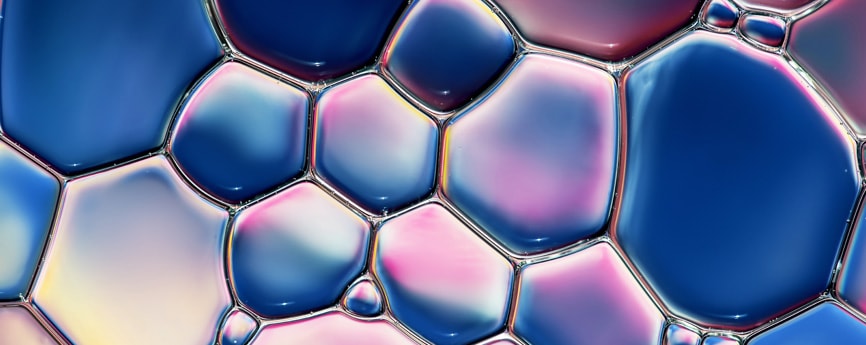Thermal Ceramics, a thermal insulation innovation developed by NASA
[

]
Innovation is advancing in leaps and bounds, and with it, the sophistication of the technology and solutions available.
It is enough to remember the legendary Hollywood films where astronauts would return to planet Earth’s orbit in a spaceship that penetrates each layer of the atmosphere at incredible speed. When we see those scenes, we can’t help but think, how is it possible that the spaceships don’t burn up? The answer is simple, although it may not sound it. It is called Thermal Ceramics technology, in which a thermal insulator based on small bubbles (Ceramic Bubbles) comes into action. We’ll explain it step by step.
This technology was created by NASA to protect astronauts and their equipment from the extreme temperatures of space. The intense solar radiation in space causes objects exposed to it to absorb heat rapidly, and the opposite happens to objects left in the shade. NASA scientists turned to nanotechnology to come up with an incredible solution; thermal insulating coatings with ceramic microbubbles that have minimal thermal conductivity and at the same time maximum performance when it comes to heat reflection.
What is this thermal insulator and how did it come about?
As part of its work, NASA often joins forces with other companies to find innovative solutions to problems of mutual interest[1]. In this case, it worked with Superior Products International (SPI) to start the development of a thermal insulator with properties never seen before. Over many years, more than 600 types of ceramic components were tested, of which only three demonstrated the ability to repel radiation and have the necessary low heat conductivity. Later, a fourth ceramic with the capacity to block infrared radiation was added.
[1] These types of patents are commonly known as spinoffs.
How does this technology work?
The real key to the success of this technology is that it drastically decreases the thermal conductivity of the surfaces it covers, in addition to contributing other very valuable attributes. Let’s have a look at the process itself, imagining that the surface you want to protect is the roof of your home:
- First, you mix the insulator with paint or apply the thermal insulation coating directly on the surface.
- Once the surface has dried, the microscopic bubbles form a barrier, turning an ordinary surface into an “insulating shield” that reflects heat.
- The barrier created by these bubbles repels heat, thereby lowering the temperature inside your home, as well as contributing other qualities.
In addition to insulation…
Although it is a “thermal insulator”, its applications and benefits go far beyond this. The materials covered by this ceramic membrane become resistant to fire and chemicals since they act as a protective barrier. Likewise, they protect the material from moisture, corrosion and deterioration.
Its ability to adhere to almost any surface makes it more cost-effective and convenient than traditional thermal insulators like fibreglass and mineral wool.
With our coatings and insulation systems, 0.25 mm of product is enough to replace 120 mm of mineral wool, and after three years, the rate of degradation is only 0.6%. This translates into low maintenance costs and long durability with a useful life of more than 10 years.
Applying thermal insulators represents an enormous change in the way we use air conditioning and has a major economic and environmental impact, including reducing the use of air conditioning by up to 50% and protecting surfaces from fire and moisture effectively in the short, medium and long term.
Bibliography
NASA. (1978). Heat Resistant Paint. Obtenido de NASA Spin Off: https://spinoff.nasa.gov/node/9174
NASA. (2017). Additive Transforms Paint into Insulation. Obtenido de NASA Spin Off: https://spinoff.nasa.gov/Spinoff2007/ch_4.html
Organización Inteligentes. (s.f.). Aditivo Cerámico que Convierte Cualquier Pintura en Aislante Térmico. Obtenido de https://www.inteligentes.org/memoria_aditivo_termoaislante_ceramicoypintura_rev5_noimp.pdf
Taylor, G. (14 de 08 de 2018). All You Need to Know About Insulating Paint. Obtenido de bob vila: https://www.bobvila.com/articles/insulating-paint/
Talk to our team.
If you want to know more about our [i]solutions, contact us.

